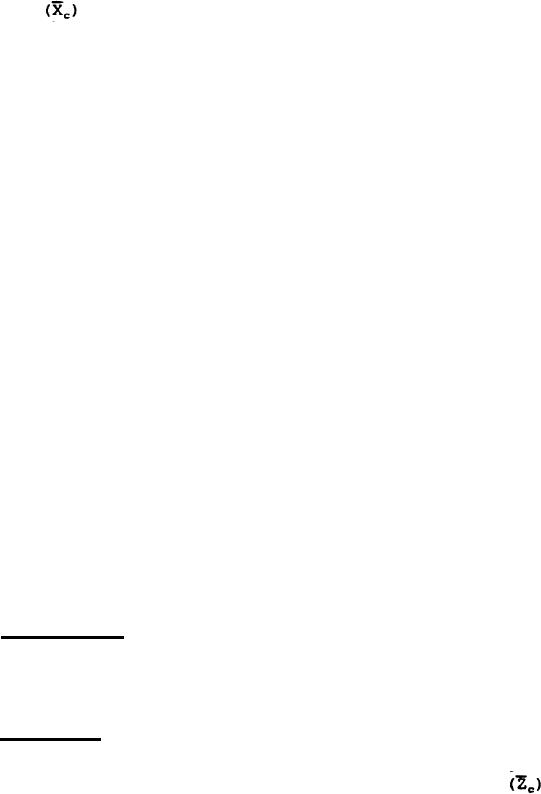 |
|||
|
|
|||
| ||||||||||
|
|  MIL-D-70789A (AR)
and longitudinal
axes tests, half of the shock pulses shall
be applied using the magnitudes shown in the upper level curves
of Figures 23 and 25 and half using the lower level curves. The
acceleration levels of the test control signal shall not deviate
from the specified requirements by more than +6-3dB over the
entire test frequency range. However deviations of -6dB in the
test control signal may be granted for frequencies greater than
500 Hz due to fixture resonance, test item resonance, or facility
limitations. The cumulative bandwidth over which this reduction
shall be allowed cannot be greater than 5% of the test frequency
range (see Figure 26). In no case shall the acceleration levels
be more than -6dB below the specified requirements. No deviation
shall be granted for frequencies below 500 Hz. Tolerance levels
in terms of dB are defined as:
dB = 20 log (W1/W0)
where:
W1 = measured acceleration level in g's.
W 0 = specified level in g's.
A separate Gun Fire Shock test may be conducted instead of
performing the test shown in Figure 22. If a separate test is
performed, the DRU shall be subjected to 32 shock pulses for each
axis using the shock spectra in Figures 23, 24 and 25. The DRU
shall be operating in the survey mode when the shock pulses are
applied. ZUPTS are permitted between shock pulses. Verify that
BIT and STATUS indications are normal after application of the
pulses. Verify that position and altitude readings are stable
and that azimuth drift is acceptable. After application of the
32 shock pulses to each axis perform a functional survey test
followed by six chamber cycles. Continue this procedure until 24
chamber cycles have been completed. The next step is to apply
the 32 shock pulses and continue repeating the procedure.
c.
Temperature.
0
Hot soak: +160 F (+71C)
(1)
0
0
(2)
Operating range: -50 F (-46C) to +140 F
(+60C).
d.
Vibration.
The DRU shall be subjected to the
vibration levels contained in Appendix H, for 15 minutes periods,
at the intervals indicated in Figure 22. Appendix H contains
five vibration profiles obtained from the DRU vertical axis
(V01 - V05) with the DRU mounted on the M109, five vibration
112
|
|
Privacy Statement - Press Release - Copyright Information. - Contact Us |